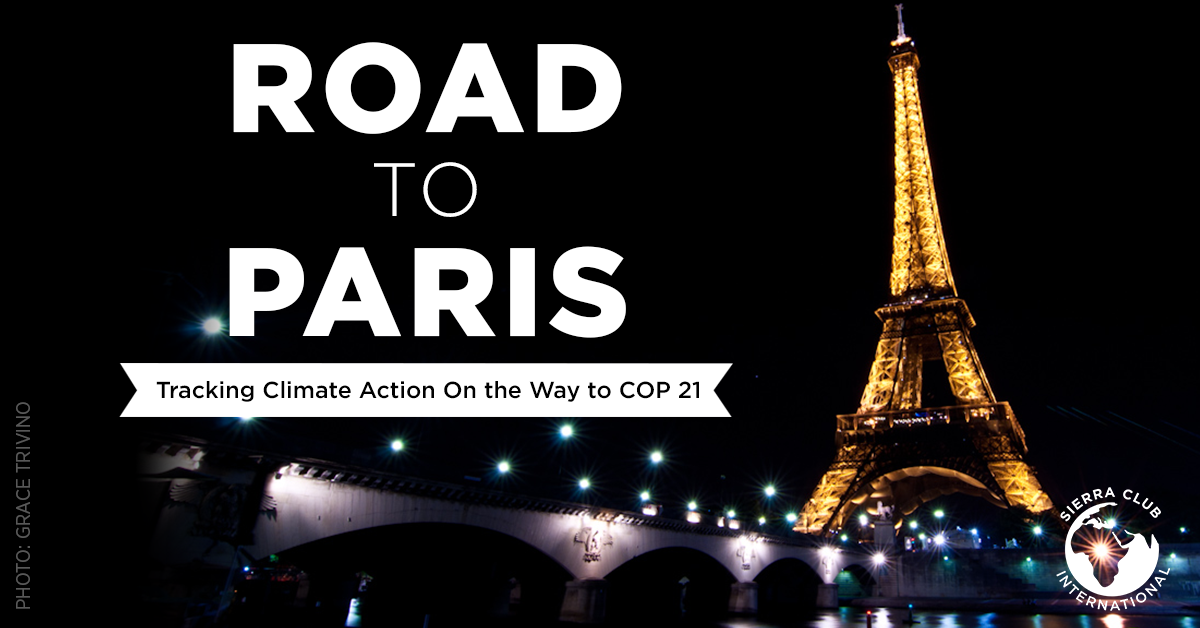Last week, the U.S. joined the ranks of the European Union, Norway, Switzerland, Gabon, and Mexico among others in announcing their Intended Nationally Determined Contribution (INDC), the commitment each country is presenting in an effort to tackle the climate crisis. Each of the United Nations Framework Convention on Climate Change’s (UNFCCC) 195 member countries is putting forth an INDC in the run up to the COP21 climate negotiations in Paris later this year.
As promised, the U.S. commitment has followed through on promises the Obama Administration made in the game changing U.S.-China deal last November. Acting as a leader on climate action, the U.S. is committing to a 28 percent reduction in carbon emissions by 2025, which, as the world’s largest emitter, is a significant contribution to the fight to protect the planet for future generations.
And it’s clear that the American people are ready for climate action. A recent poll found that 72 percent of American’s support the U.S. signing an international climate agreement.
On top of that, from what we’ve already seen, this commitment is not only doable, but we’re already on our way to meeting this goal. The U.S. offer, combined with the explosive growth of clean energy, an grassroots driven shift away from coal, and continued climate action at all levels of government, will begin to move us toward a safe pathway that avoids catastrophic climate disruption.
Wednesday, Bloomberg Philanthropies committed $30 million to the Sierra Club in order to continue the fight to move beyond coal and transition to the clean energy economy. This major boost to the campaign will help ensure the U.S. can follow through on climate commitments and lead the way on international climate action.
And in just the past five years, we’ve seen 187 coal-fired power plants either retired or announced to retire -- accounting for a whopping 77 gigawatts of dirty coal generation. At the same time, clean energy powerhouses like wind and solar have seen exponential growth not only in the U.S. but around the globe. As these trends continue to accelerate, it’s clear that the U.S. will not only be able to meet its commitment for Paris but will ultimately be able to achieve a 100 percent clean energy future.
Despite all of this, we know that the U.S. is not the only global carbon emitter, and its commitment alone won’t be able to stave off the worst effects of climate disruption. In order to avoid the most catastrophic consequences of climate disruption, governments will have to continue to accelerate emissions reductions around the globe. But the U.S.’s commitment coupled with the climate commitments from around the world will help keep the door open for a healthier, safer, more resilient future for our planet.
And it’s clear from the commitments from ally countries and global climate action in recent months -- from the UK pledging to move toward a low-carbon economy and end the use of unabated coal for power generation to China pledging to peak carbon emissions by 2030 -- the U.S. isn’t alone in the fight.
Combined, with the INDCs that have already been submitted, 60 percent of global carbon pollution has already been accounted for within these positive, transparent commitments for climate action. With more than 160 countries left to announce their commitments, it’s clear that meaningful climate action is within the planet’s grasp.
